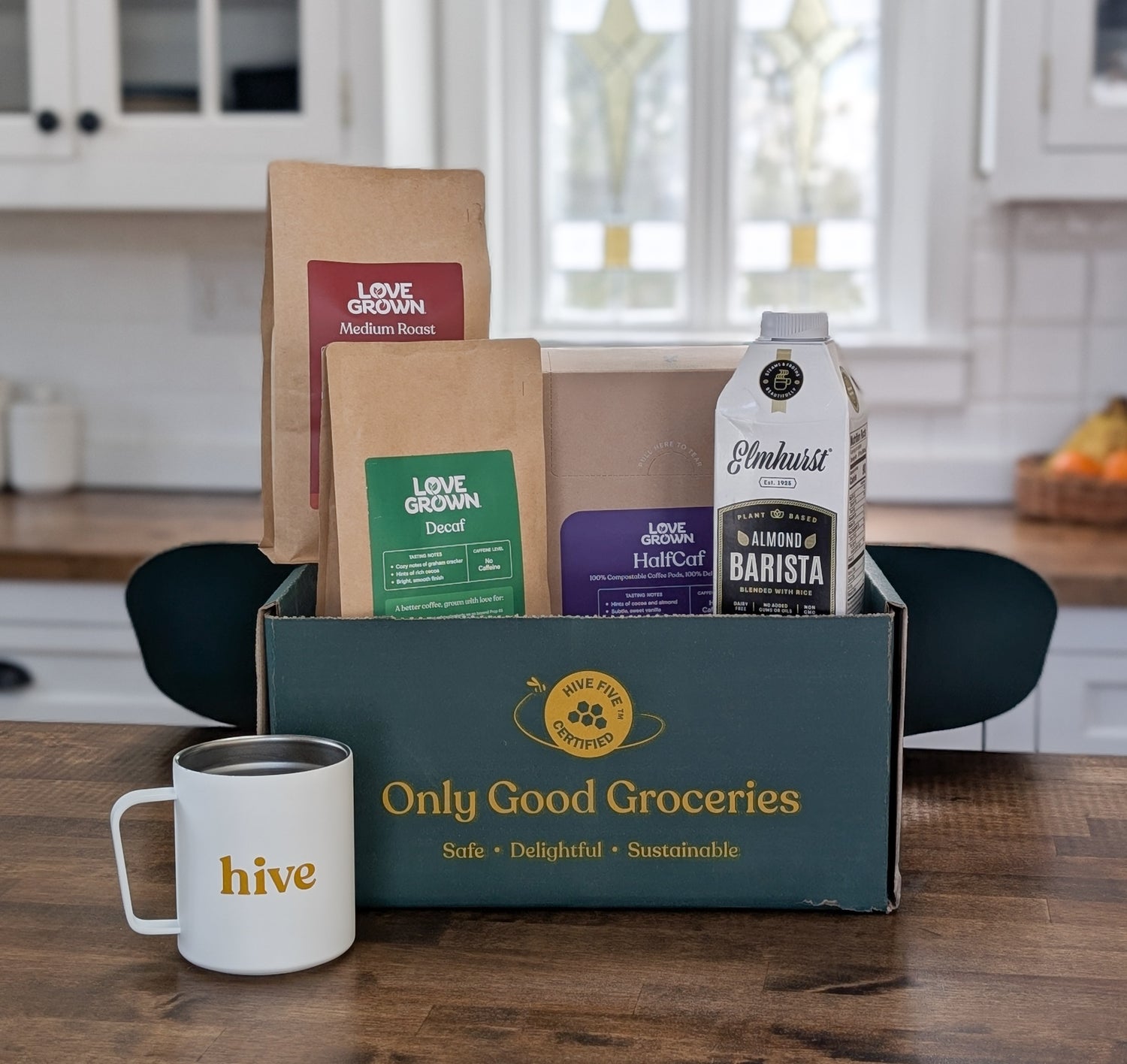TLDR; Finding sustainable cotton is complex. But looking for the organic cotton certification and checking a brand's manufacturing practices can be a good way to simplify it.
So where is cotton actually grown?
India and China are the top two cotton-producing countries in the world, with the United States coming in at a close third. It is also grown in notable amounts in Brazil, Pakistan, Uzbekistan, and Turkey. Each of these have different challenges to tackle and characteristic processing contexts to consider when looking for the most ethically and sustainably-produced cotton. For example, while the United States harvests its cotton mechanically, India harvests almost exclusively by hand; China uses a mix of the two. India is also the world’s largest producer of organic cotton. Understanding how many or few on-field workers and which environmental contaminants are involved helps to choose the right tools to ensure your standards on that t-shirt are in compliance. Interestingly, while smallholder farmers make up a much larger percentage of the cotton in other parts of the world, the US cotton industry is mostly large-scale, though still overwhelmingly family-owned businesses.
Domestically, there tends to be more accessible tools for ensuring higher standards of worker treatment, though of course not perfectly so, with more visibility and mechanisms for enforcing this in place, particularly on larger-production farms. In other regions of the world, especially smallholder-led economies, paired with the tricky nature of the cotton processing supply chain, it can be very difficult to enforce good labor conditions as the cotton is commingled and may be coming from a variety of farms.

Cotton is a commodity that has many steps between sprout and sweater
It starts its life as a fluffy plant that we’re familiar with and is harvested either by hand or via a large tractor-like machine, depending on which part of the world you’re in.
Then, it’s packaged in bales, wrapped, graded, and labeled to indicate quality, organic-status, and which farm it came from. These bales then make their way to the gin, where cotton is separated by quality and the farm-specific markers are removed in order for it to be combed, processed, and ready for turning into fiber. The cotton then goes from the gin to spinning mills, which then create the needed thread and dye it accordingly (for some textiles- others are dyed at the next stage). From here, the thread bundles travel to weaving mills where they are turned into sheets of textiles and dyed/combined with synthetic fibers, depending on the garment or final use purpose. The final stop before distribution and retail is the cutting & sewing mills, which turn the fabric into a complete product, like a dishcloth, t-shirt, or bedsheets. Since cotton is grown all over the world, oftentimes it is combined from many different areas, making true traceability of cotton (and subsequent enforcing of growing practices and good labor conditions in the same supply chain) quite a difficult task.
In addition to enforcing worker rights and safety, environmental challenges exist with cotton, as with most other agricultural products. Cotton in the US is rarely farmed on its own, as it’s often grown on farms with other crops like corn, sorghum, and wheat, and so it’s important to know what pesticides (or not) are used, particularly if they are prone to drifting. This means that while they may be intended for one crop type, they can catch on the wind and drift to other crops or even neighboring farms. One approach can be to choose organic farming methods. This is not perfect, however- there are pluses and minuses like everything else. For example, A misconception is that organic equals pesticide-free, but in actuality they are sprayed with pesticides. In some cases, naturally-derived organic pesticides can even be more toxic than synthetic conventional pesticides. Additionally, organic pesticides break down more quickly and so have to be sprayed more frequently (source: Kansas State University Extension program).

Another consideration of organic and non-GMO cotton is water and land usage
To give some real-world context, a T-shirt’s worth of cotton requires 660 gallons of water for irrigation, while conventionally-grown cotton would only need 290 gallons of water (source: Cotton, Inc). Interestingly, while California used to be the highest producing state for this crop, climate change has pushed domestic cotton production further East, focusing on Arkansas, Texas, Georgia, and North Carolina. Many of these farm lands span aquifers and watersheds that have also been drastically affected by climate change, and so water-smart agriculture is essential for preserving environmental integrity.
Additionally, organic-certified growers may not be a large percentage of the growers and so a brand may not be able to source 100% reliable quantities of organic ingredients all the time.
All this being said, an organic certification for cotton can be a good indicator of environmental issues being top-of-mind for a certain farm, indicating an overall more net sustainable approach.

